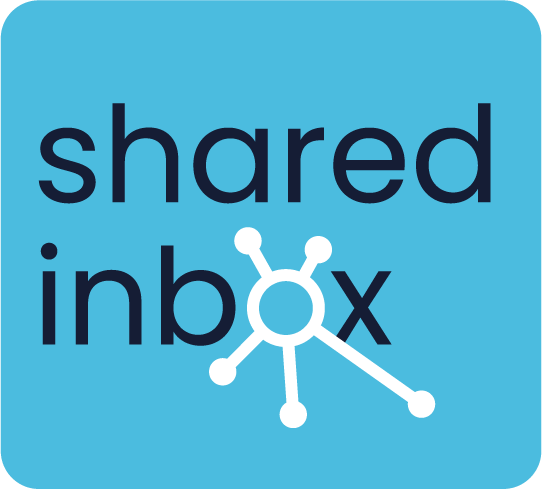
Logging into a cloud application using a shared or generic email account across multiple employees seems like a practical way to save money or manage a workload, but this creates serious security blind spots. If everyone in the team knows the password to [email protected] and the cloud apps you login with that account, it becomes nearly impossible to monitor or control who has access to those accounts. Over time, the risk multiplies—especially if former employees still know the password and can access sensitive business information long after they’ve left.
In addition, these shared accounts often lack essential security protections like multi-factor authentication (MFA). Without MFA, anyone with the password can log in undetected. Worse, businesses sometimes forget to change the password when an employee leaves or after contractor access ends, leaving the door open to potential abuse. These shared accounts are also frequently overlooked in security audits, compounding the problem.
A generic or shared email account may be shared among many, but it’s a single point of failure. If an employee leaves without proper offboarding procedures—like immediately changing the shared password to all accounts it’s used for—there’s no way to ensure they no longer have access. This can lead to significant security breaches, especially if sensitive data, customer information, or internal business details are stored in or communicated via this account.
The absence of MFA makes these accounts especially vulnerable, as anyone with the password can access them without further verification. Furthermore, without an audit trail, there’s no way to track who logged in, when, or what changes were made. This lack of visibility poses serious risks if the account is compromised or used for malicious activity.
In the worst-case scenario, a former employee with ongoing access to a shared account could steal sensitive information, impersonate your business, or sabotage operations. Even if you’re careful with active employees, a single overlooked account can become a backdoor into your systems for months or even years.
Stop leaving your business exposed through shared email accounts! Optimus can assist with robust password management strategies, enforce multi-factor authentication, and ensure proper offboarding procedures are in place to protect your business. We’ll help you keep track of who has access to your shared accounts and implement best practices to secure them. Contact Optimus today to safeguard your accounts and reduce the risk of unauthorised access.
Talk to our team about your needs
Strategy
Cybersecurity
Infrastructure
Support
Case studies
Insights
Strategy review
About us
Our team
Our values
Get in touch
Schedule a call
Find a local office
Copyright © 2024 Optimus Systems Limited. All Rights Reserved.
Privacy Policy
Company Terms